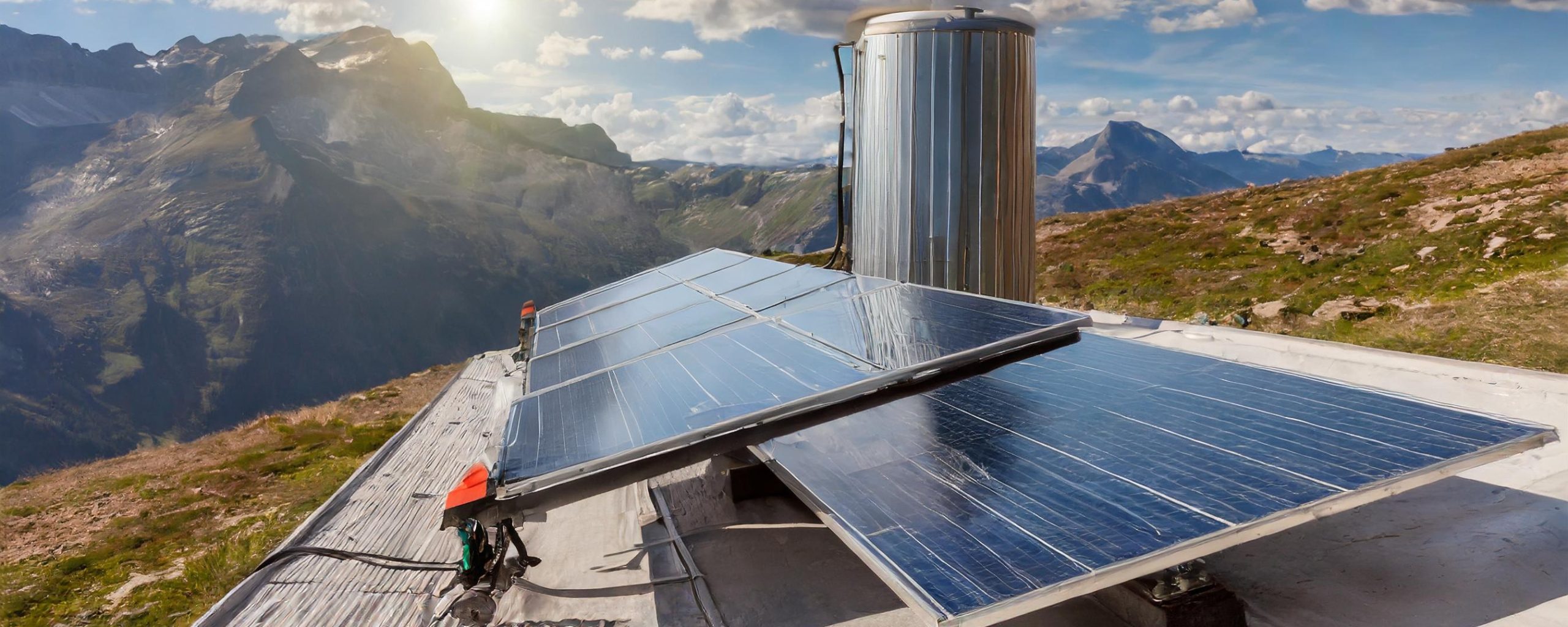Comprehensive Showcase of Global Solar Thermal Innovations & Startups
From CLIMAFIX, leader in climate innovation intelligence
Solar Thermal Introduction:
While the world’s eyes are glued on solar PV power plants, and for justified reasons, the other component of sunlight’s energy – its thermal component – has significant potential as a renewable energy source for decarbonization.
Most know about solar thermal through simple solar water heaters, but there’s a lot more to solar thermal than just these. Simple solar thermal systems such as solar water heaters can provide temperatures only up to about 70℃. Modified water heaters could perhaps take this close to 100℃, making them more useful for some industries where there could be many low-temperature processes (in industries such as food, dairy, chemicals, etc.). Such low-temperature uses of solar thermal alone could result in a reasonable amount of decarbonization, given the large potential available cumulatively for such low-temperature industrial and commercial processes.
The full potential of solar thermal can however be realised only if we are also able to use it for high-temperature processes and to generate power. Solar energy can be used to achieve high temperatures through the use of concentrating solar technologies in which, instead of just simply capturing the heat of sunlight, the sunlight is concentrated through different mechanisms to produce temperatures as high as, or even higher than 500℃. Such high temperatures can be used for industrial process heating or power generation.
Some low-temperature solar thermal systems such as solar water heaters represent mature technologies. However, solar dryers and solar cookers are yet to scale to the real potential that they offer.
Concentrating solar is still an evolving sector, with multiple technologies competing for dominance, economic challenges, and very few operational plants at large capacities (above 500 MW). But given its potential, concentrating solar – for both power and heat applications – could be seeing significant innovations and growth during the 2020-2030 period.
Similar to solar PV, solar thermal can be deployed in many regions around the world, and more so in countries in tropical regions. Solar thermal has a significant advantage over solar PV, and that is in storage. Storing thermal energy is easier and cheaper than storing electricity. Solar thermal is however not as modular as solar PV. This is especially true for concentrating solar power, where small-scale systems are not very efficient at the current stage of technology development.
The Solar Thermal Innovations & Startups Report provides insights on the following:
- Current & Emerging Technologies
- Innovation & Startups Analysis
- Urgency of this Decarbonization Avenue
- Unique Solutions Derived from Startups
- Commercialization Potential
- Scalability
- Highlights of Prominent Innovations & Startups
- List of 10 High Impact Startups
For each startup, the following inputs are provided:
- Product
- Key benefits
- Technology & process
- Videos
- Links to founder profiles
- Links to prominent news & analyses about the startup
The Solar Thermal Innovations Report is part of CLIMAFIX 500, a comprehensive global climate innovation and startup report.


